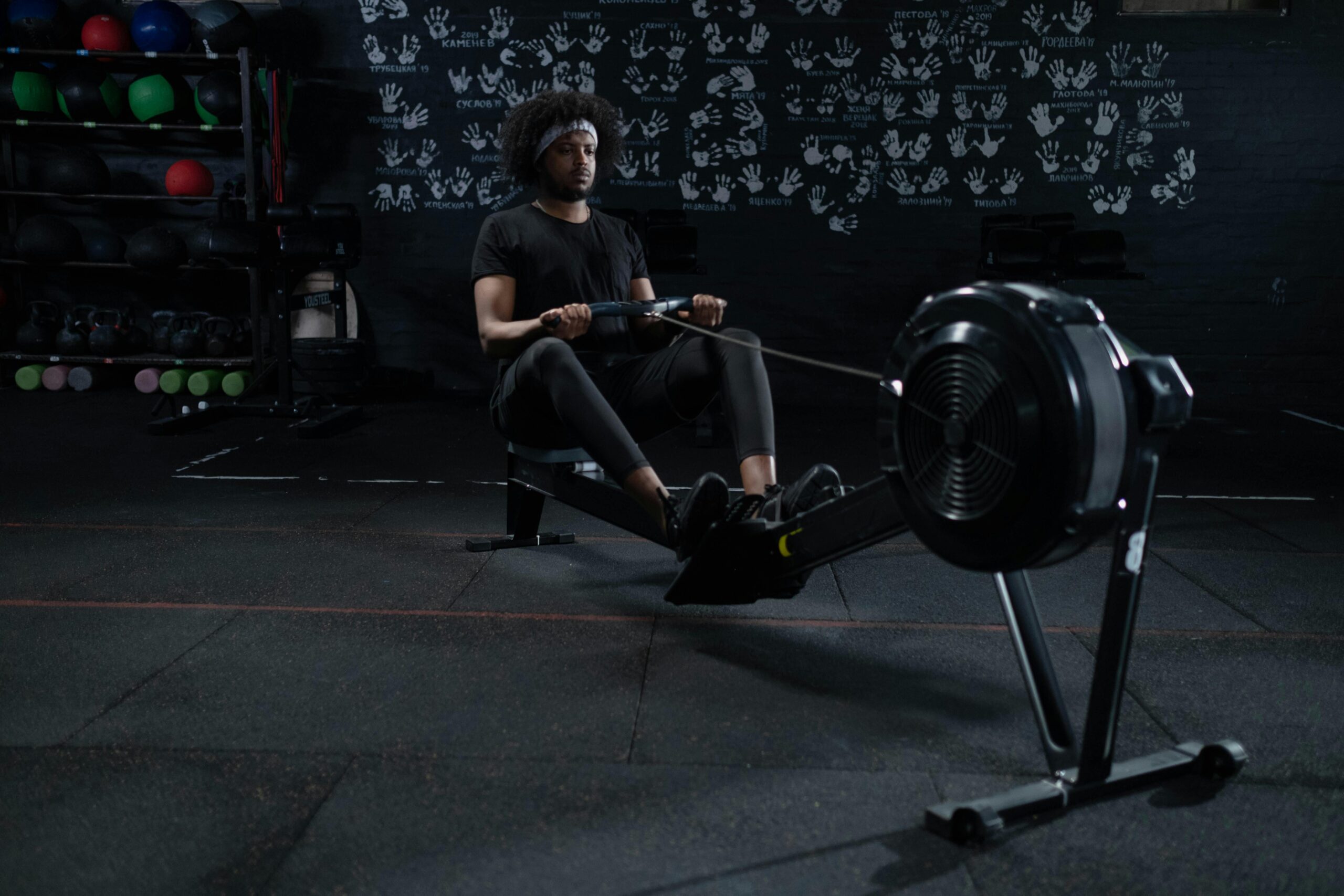Effective Push Pull Training Plan for 2025: Discover Proven Methods to Succeed
In the world of fitness, structuring your workout routine is essential for maximizing muscle development, enhancing performance, and ensuring a balanced approach to training. The Push Pull Training Plan epitomizes this philosophy by dividing workouts into pushing exercises, focusing on the chest, shoulders, and triceps, and pulling exercises targeting the back and biceps. This structured method not only fosters muscle hypertrophy but also promotes effective recovery, a crucial aspect for any athlete.
Adopting a proper Fitness Plan based on the push-pull model allows for flexibility in Krafttraining and can significantly improve your Muskelaufbau. Whether you’re a beginner or a seasoned lifter, understanding this training system opens pathways to achieving your specific Trainingsziele. In this article, we’ll delve into the proven methods of push-pull training, examining various components like Trainingsintensität, Wiederholungen, and Satzanzahl, along with practical insights on Ernährung and recovery.
Keep reading to discover how you can refine your Fitness-Routine for 2025 and harness the principles of push-pull training for tangible Fitnesserfolge.

Understanding Push-Pull Training Fundamentals
Building a comprehensive understanding of Push Training and Pull Training is vital for creating an effective Trainingsplan. This section aims to clarify the mechanics behind this training style, its benefits, and essential components that contribute to a successful regimen.
The Concept of Push and Pull
Push and pull exercises complement each other, addressing the body’s major muscle groups through opposing movements. Push exercises, such as bench presses and shoulder presses, engage the anterior muscles, mainly the chest, shoulders, and triceps. Conversely, pull exercises like deadlifts and rows target the posterior muscles, focusing on the back and biceps.
This balance prevents overtraining of specific muscle groups while enhancing overall strength and body stability. Such a structured approach results in improved Körperwahrnehmung and functionality in daily activities.
Benefits of Push-Pull Training
Push-pull training offers numerous advantages, making it a popular choice among fitness enthusiasts. First, it promotes balanced muscle development, as working opposing muscle groups can lead to fewer injuries compared to unilateral workouts. Additionally, the organization of alternating sessions encourages proper recovery, which is crucial for Regeneration and optimal muscle function.
The flexibility of push-pull training allows for various Trainingsvariationen, enabling you to tailor your routine according to personal fitness goals and available equipment. Moreover, this methodology caters to different Fitnessniveaus, from beginners to advanced athletes, facilitating a progressive training experience.
Crucial Components: Sets, Reps, and Intensity
Understanding key variables such as Satzanzahl (sets), Wiederholungen (repetitions), and exercise intensity is imperative for the effectiveness of any training program. High-volume training typically involves 3-5 sets with 8-12 repetitions, focusing on moderate weights to stimulate muscle hypertrophy effectively.
In contrast, strength-focused sessions may require lower repetition counts with higher weights, typically ranging from 4-6 repetitions. Incorporating variations in training volume and intensity not only keeps the routines engaging but also plays a significant role in driving Leistungssteigerung over time.

Designing Your Push Pull Training Routine
With a foundational understanding of push-pull training in place, it’s time to explore how to design a custom Fitnessplan. Here, we’ll cover the essentials of creating a dynamic routine tailored to your individual needs while ensuring the necessary balance between push and pull exercises.
Creating a Weekly Schedule
One effective approach to structuring your push-pull training is to alternate workouts throughout the week. A typical schedule might include a push day followed by a pull day, then a rest day, repeating the cycle. For those who prefer more frequency, a three-day split can also work effectively, combining push and pull into a single workout while incorporating legs on separate days.
This creates a versatile Trainingssystem that can accommodate different schedules, ensuring consistent engagement with your training objectives.
Incorporating Various Exercises
Diversity is key when designing your push-pull training regimen. The push workout can include exercises such as bench presses, shoulder presses, and dips while the pull workout focuses on rows, pulls, and lat pull-downs. Including lower body workouts, like squats and deadlifts, ensures comprehensive muscle engagement and effective Kraftzuwachs.
By rotating exercises and techniques, such as Hypertrophietraining and funktionales Training, you can avoid adaptation plateaus and keep motivation high. Consider using fitness tools like Fitness-Tracker to monitor progress and track workout efficiency.
Varying Your Training Intensity
Altering training intensity is crucial for progression. Implementing varying tempos, such as slowing down eccentric movements or integrating high-intensity training intervals, can yield significant improvements. Moreover, it’s advisable to track performance to identify the most effective routines while ensuring the body has adequate time for Erholung.
Optimizing Recovery and Nutrition
No training plan is complete without a focus on recovery and nutrition. This section highlights essential practices for enhancing recovery strategies to support your push-pull training plans.
The Role of Active Recovery
Active recovery sessions can dramatically improve recovery times between workouts. Engaging in low-intensity activities, such as walking or cycling, encourages circulation, fosters muscle healing, and reduces soreness. Consider scheduling these sessions on your rest days or light workout days.
Nutritional Planning for Muscle Growth
A well-structured nutritional plan complements your training regimen, providing essential nutrients for muscle recovery and growth. Prioritize protein intake to support muscle repair and growth while incorporating healthy fats and complex carbohydrates to fuel energy levels. Monitor your Körperfettanteil for optimal performance and health.
Tracking Progress and Making Adjustments
Regularly assessing your training progress is essential for long-term success. Utilize fitness journals or apps to document Trainingsverlauf, setting specific goals and benchmarks to measure progress. Adjusting your training plan based on results can help maintain motivation and continue to challenge your body effectively.
Common Mistakes to Avoid in Push Pull Training
While engaging in a push-pull training regimen, it’s important to be mindful of common pitfalls that may hinder your progress.
Overtraining
Pushing your body too hard can lead to burnout or injury. It is vital to listen to your body’s signals and incorporate sufficient recovery time into your routine. Striking a balance between intensity and recovery ensures sustainable progress.
Neglecting Nutrition
It’s easy to overlook nutrition in the excitement of training; however, proper nutrition directly affects performance and recovery. Be diligent in maintaining a balanced diet with the right macronutrients and hydration to support your training goals.
Inconsistent Training Patterns
Consistency is key to success in any fitness plan. Ensure that you adhere to your training schedule and incorporate both push and pull workouts consistently. Straying from your planned schedule can result in a lack of progress and motivation.
FAQs on Push Pull Training
What is the ideal frequency for push-pull workouts?
Typically, training each muscle group 1-2 times a week is effective. This often translates to training roughly three to four days a week in a structured push-pull regimen.
Can beginners follow a push-pull training plan?
Absolutely! Beginners can greatly benefit from the structured approach push-pull training offers. Start with basic exercises and gradually build resistance and intensity as strength develops.
How can I measure my training progress?
Tracking performance metrics like weight lifted, repetitions achieved, and body measurements is an effective approach. This data will guide your adjustments and motivate continued progress toward your Fitnessziele.
Conclusion: Achieving Success with Push Pull Training
Implementing a push-pull training plan can effectively enhance your fitness journey in 2025. Whether you’re focused on building muscle, increasing strength, or improving overall physical fitness, this training structure will support your goals. By incorporating diverse exercises, ensuring adequate recovery, and paying attention to nutrition, you’re well on the path to achieving your Fitnesserfolg. Utilize this article as a guide, experiment with various methods, and most importantly, listen to your body to enjoy the full benefits of your push-pull training journey.
